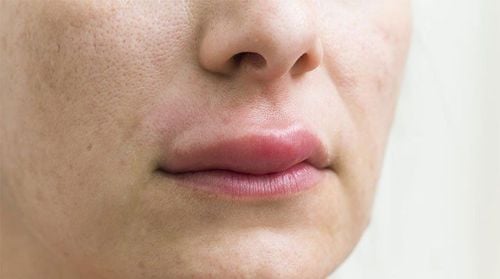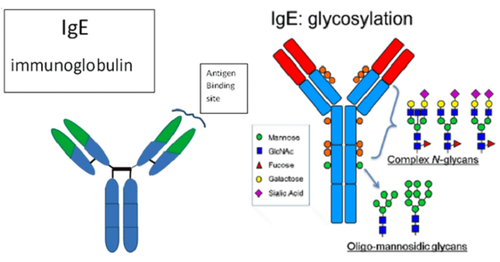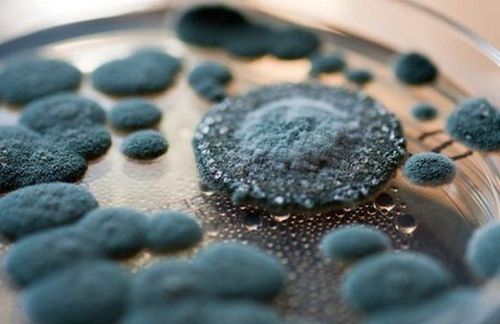This is an automatically translated article.
Allergies can occur at any age. However, for special subjects such as young children, it is not easy to recognize because young children cannot detect abnormal signs on their own. Instead, parents are the first to notice these abnormalities. So how can parents easily recognize signs of allergies in children. Here are 10 signs that your child is having an allergy.1. Do babies have allergies?
Just like older children and adults, babies can have allergies. However, babies are not likely to get "hay fever" aka seasonal allergies. Seasonal allergies to things like pollen and grass usually don't bother children until they're about 3 to 4 years old.Possible allergens for babies include: Food, medicine, insects, animal dander, dust mites, mold. Skin allergies are the most common type of allergy in young children, according to survey data released by the US Centers for Disease Control and Prevention (CDC) in 2018. In children 4 years of age and younger, one in 10 More than 1 in 10 children have skin allergies. (14 percent). For comparison, 6% of children in this age group have food allergies, 5% have respiratory allergies, and 3% have hay fever.

Một đứa trẻ vốn có khuynh hướng dị ứng nhưng không nhất thiết phát triển các chứng dị ứng cụ thể giống như các thành viên khác trong gia đình
2. Signs and symptoms of allergies in babies
Allergy symptoms can vary depending on the type of allergen and your baby's reaction to them. Symptoms may be mild or severe, intermittent (eg, seasonal), or persistent due to continued exposure to the allergen. Here are some common signs of an allergy:Respiratory symptoms: runny nose, sneezing, dry cough, wheezing Skin symptoms: itchy skin, red, itchy skin (hives), eczema (red, itchy rash patches) Intestinal problems (common with food allergies): nausea, vomiting, stomach cramps, diarrhea, bloating Other signs: red eyes, watery or itchy eyes, excessive fussiness, more fatigue than usual Anaphylaxis: In some cases, an allergen can cause a serious reaction, called anaphylaxis. This is a medical emergency, and you should call 911 or get your baby to the emergency room right away if your baby shows signs of this reaction. (If yes, give your child an epinephrine shot with an appropriately sized auto-injector before calling 911.) Signs of anaphylaxis include: difficulty breathing, swelling of the lips and tongue, sudden skin changes such as rash, redness or hives, difficulty swallowing, loss of consciousness, sudden drooling.
3. What causes allergies in babies?
Common allergy triggers in infants and young children include:Dust mites. Microorganisms thrive on human skin. Nearly 85 percent of people with allergies are allergic to dust mites. Animal fur. Those white, flaky spots are made up of skin cells shed by cats, dogs, and other furry animals. Mold . Fungi are found in humid places such as bathrooms and basements or outdoors in humid climates. Mold spores can also grow on Christmas trees and cause allergy symptoms. Pollen. For example from trees, grass and weeds. Pollen allergies are uncommon in infants. Food . Cow's milk, eggs, fish, peanuts, shellfish, soy, and wheat are common allergens in young children. Learn more about food allergies in babies. Insect . For example, stings from bees and wasps can cause severe allergic reactions in some children. Medicines. Antibiotics are common allergens, along with some over-the-counter medications. Chemistry . Some laundry detergents, dyes, household cleaners, and pesticides cause allergic reactions in some children Some children are allergic to fluff and down pillows or blankets. And while most experts don't think children can be allergic to secondhand smoke, it can certainly make asthma and allergy symptoms worse.
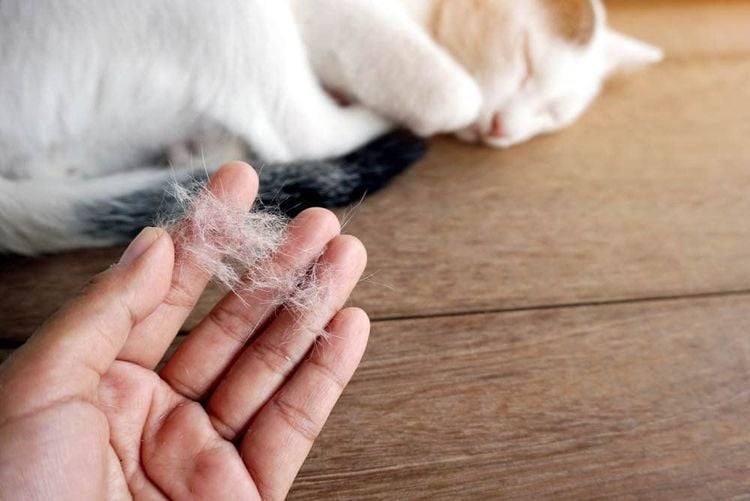
Lông động vật có thể là tác nhân gây dị ứng ở trẻ sơ sinh
4. 10 signs that your child has allergies, not a cold
Because the symptoms of a nasal allergy are the same as those of a cold - runny nose, watery eyes, cough, stuffy nose, sneezing - it can be difficult to tell them apart. However, there are some signs that indicate an allergy.To find out if your child has allergies, ask yourself the following questions:
Does your child always seem to have colds? Colds usually subside in a week to 10 days; For allergies, if the allergen is present, it will always cause an allergic reaction. Is your child's nose constantly stuffy or runny? Does your child constantly wiggle, wipe, or push his nose up in what doctors call “hello allergy”? Is the mucus that comes out of the child's nose clear and thin (as opposed to yellow or green and thick)? Does your child seem to sneeze a lot? Are your child's eyes itchy, red, and watery? Is the skin under your child's eyes dark or purple or blue - what do doctors call "allergic eye circles"? Does the child breathe through his mouth? Does your child have a persistent dry cough? Is your baby's skin irritated or red, itchy? If you answered yes to one or more of these questions, chances are your child is allergic to something in his or her environment. Children with nasal allergies are also more susceptible to ear infections, asthma, and sinus infections.
5. Are allergies hereditary?
A child is inherently predisposed to allergies but does not necessarily develop specific allergies like other family members. Your child's risk of allergies is especially high if both you and your partner have allergies.
Một đứa trẻ vốn có khuynh hướng dị ứng nhưng không nhất thiết phát triển các chứng dị ứng cụ thể giống như các thành viên khác trong gia đình
6. If my child has an allergy, when will I be able to tell?
It depends on how often your child is exposed to the allergen. It usually takes time for an allergy to develop. Every allergist has a threshold that must be reached before an allergen causes a reaction, and this can take months to years. That's why hay fever-related pollen allergies usually don't show up until after age 2.So, if your child inherits a tendency to be allergic to cat fur, they may not have any trouble the first few months around pets, or they may have a reduced reaction. But then one day, when the exposure reaches the child's threshold, the body will react more strongly.
7. How can I protect my child from allergens?
Here are the best ways to reduce your child's exposure to the most common allergens:7.1. Dust mites Dust mites live in fabrics and carpets and are commonly found in every room of the house. But children are most often exposed to dust mites in bedrooms, where mattresses and pillows are real mite-laden apartment complexes.
The following steps may seem like a lot of work, but they are really helpful.
Wrap your child's mattress in an impenetrable cover made of very tightly woven fabric, found online and at major retailers. Unlike vinyl coatings, these provide a breathable and wrinkle-free barrier. Avoid large, soft comforters and use blankets instead. Wash bedding once a week in hot water to kill dust mites. Set your water heater to about 130 degrees Fahrenheit before washing bedding, and warn family members that the water will be hotter than usual. Remember to turn down the water heater (about 120 to 125 degrees) then so that family members do not get burned when washing hands or bathing. Avoid piling up stuffed animals in your child's room - they are dust magnets. Wash - a few dishes your child can't live without hot water weekly or put them in the freezer to freeze overnight. Vacuum and vacuum weekly or every other week, but make sure your child is not in the room while you do it. Vacuuming and vacuuming stir up dust mite particles left in the room. Wet mopping can help prevent this. Consider investing in a vacuum cleaner with a HEPA (high efficiency-particle capture) filter, which will trap even the microscopic particles that pass through a conventional vacuum cleaner. Consider replacing the carpet with a smooth floor like hardwood or vinyl if your child has a severe dust mite allergy. Clean or replace the filters on your heaters and air conditioners monthly during the seasons they are in use. Clean the heat pipes every fall.
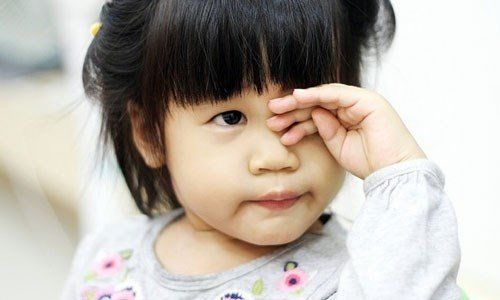
Mạt bụi sống trong vải và thảm và thường xuất hiện ở mọi phòng trong nhà và dễ khiến trẻ bị dị ứng
Keep your pet out of the furniture and out of your child's room.
Find your pet a lovely new home. This is the only safe solution if your child is allergic to pets. Of course, this isn't an easy decision to make and it's understandable that you'll only want to consider it a last resort.
7.3. Pollen During allergy season, it can be nearly impossible to avoid airborne pollen. You can:
Try to keep your child indoors and keep windows closed during peak pollen season, especially on windy days, but this may not be practical. Bathe and wash your child's hair every night if he or she is outdoors to remove airborne allergens. Hang clothes in the dryer instead of on a clothesline. Close the air ducts to her bedroom. Track pollen counts in your area so you know which days to be especially mindful of your child's exposure. 7.4. Mold Mold can often be found growing in closets, attics, cellars, potted plants, refrigerators, shower counters, trash cans, and under carpets. Even a Christmas tree can contain mold. To reduce mold in your home:
Use dehumidifiers and air conditioners when the weather is warm and humid, especially in damp basements or other areas of your home where mold grows. Regularly clean bathrooms and mold-prone areas with a mold-stopping disinfectant. You can use a little bleach and water or a natural solution like tea tree oil and water. Consider investing in a better ventilation system. Beware of Christmas trees: Freshly cut trees can produce mold spores that, when released into the air and inhaled, can cause allergy symptoms. If you own a leaf blower, use it on the tree before pulling it over your doorstep. You can also wash the plant outside with a hose and let it dry thoroughly before placing it inside. Wiping the trunk with a bleach solution (1 part bleach to 20 parts water) can also help. Clean dusty items: Artificial Christmas trees, decorations, and other objects can collect dust and contribute to allergies if left out for too long or stored incorrectly. If household items are dirty, clean them with a bleach solution. Make sure they are clean and dry before putting them away and storing them in a plastic container. 7.5. Insects Avoid areas that may have honey bees, wasps, wasps, yellow bees or fire ant stings that could cause an allergic reaction. Don't let your child run barefoot outside where they could step on insects.
7.6. Medications Drug allergies are difficult to diagnose, but if you find out that your child is allergic to a medication, be sure to notify all of your child's health care providers and pharmacists to avoid potential complications. prescription drugs of any kind.

Nếu nhận thấy trẻ bị dị ứng một loại thuốc nào đó, hãy thông báo lại với bác sĩ để tránh loại thuốc này cho trẻ
Please dial HOTLINE for more information or register for an appointment HERE. Download MyVinmec app to make appointments faster and to manage your bookings easily.
Article referenced source: babycenter.com



